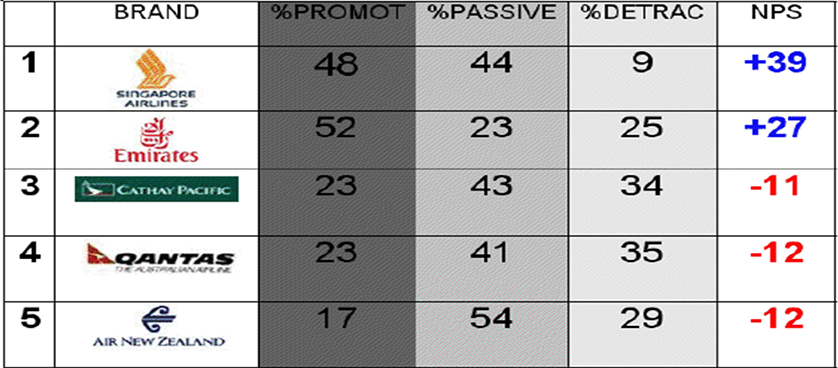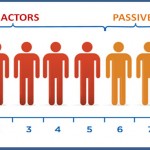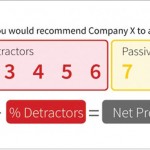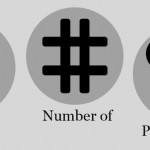Marketing Performance Management: the Net Promoter Score® (NPS)
In a context where marketing practitioners strive to measure the performance of their efforts, the search for new, innovative and simpler, measures that would not only lead to relevant results, but would also require less complex approaches, is of topicality. Introduced by Fred Reichheld (Ritson, 2009), the Net Promoter Score® (NPS) promises to be one of the most popular and employed approach to measuring performance in marketing.
Its calculation is based on comparing the promoters (people who are likely to recommend the product or the company) to the detractors (people, who, on the contrary, would make a negative word-of-mouth). It is also known as the “Willingness to Recommend“ metric and, along with level of customer satisfaction, it is suggested as a highly relevant leading indicator of future purchase intentions and loyalty (Farris et al., 2006).
In a practical context, its measurement would involve a customer survey, consisting of a simple question (“How likely is that you would recommend the product/company to a friend or colleague?”) with an 11 point scale answer, from 0 – not at all up to 10 – extremely likely (Ritson, 2006). The answers are divided into three categories: promoters, neutrals and detractors. While neutrals are left aside, further on the volume of promoters and the volume of detractors are extracted as a percentage from the total respondents, and the difference between the two percentages is the NPS.
Despite its increasing popularity due to its argued simplicity and ease in computing, the NPS is not exempt of criticism, coming mainly from behalf of market researchers.
In a 2010 Customer Loyalty Forum held in Boston, several limitations of the NPS method were outlined, such as (GreatBrook, 2010):
- Possible legal issues, due to the private copyright over the concept (from Satmetrix Systems, Bain & Co., Fred Reichheld);
- The issue of using scales with different points for the answers: some suggest 11, other use 10 and other use 5, which might alter the relevance in comparing results;
- Using incentives to increase the response rates, that might impact upon their subjectivity.
However, as we see it, the main issue of measuring the net promoter score would rely on the WHAT NEXT question. Moreover, this is an issue that would impact not only the NPS method, but any of the survey measurements investigating customer loyalty, satisfaction, content and so on.
Imagine that you obtain a NPS of 10%. What does this mean to you, how will you know that these 10%, which are the net difference between the promoters and the detractors, or the promoters themselves, will actually recommend your product? How will you know that there won’t be more detractors, people that will actually make a negative buzz on your product? Just knowing that you theoretically have more promoters than detractors does not say much on the future purchase intentions or other customer actions.
A possible solution would be that of doubling the measurement of possible intentions (what the NPS does) with a measurement of actual actions. Thus, maybe a more relevant question would be, for example:
“Have you recommended our product to a colleague or friend at least once in the last 6 months?”.
References
- Farris, PW, Bendle, NT, Pfeifer, PE & Reibstein, DJ 2006, Marketing Metrics: 50+Metrics Every Executive Should Master, Wharton School Publishing, Upper Saddle River, New Jersey.
- GreatBrook 2010, Net Promoter Score® Discussion at Customer Loyalty Forum
- Ritson, M 2006, Net Promoter Scores Australia – Independent Research, Melbourne.
- Ritson, M 2009, Net Promoter Score Defined

Tags: Marketing performance, Mike Ritson, Net Promoter Score, Performance Management, Willingness to Recommend







